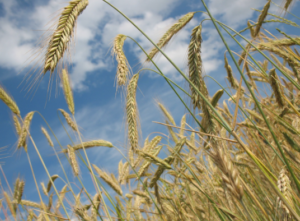$NIKKEI $JPY $KR #JapanRice #Economy #PriceStabilization #Agriculture #MarketTrends #FoodSecurity #Inflation #ConsumerGoods #TradePolicy
Is Japan’s Rice Crisis Finally Over? How Stabilizing Prices Signal Relief
In a comforting development for households across Japan, rice prices have begun to stabilize, now dipping below the crucial 4,000 yen mark for a five-kilogram bag. This shift is significant, as it falls under the target set by Prime Minister Shigeru Ishiba, indicating a potential easing of the rice supply crisis that has troubled the nation.
Understanding the Drop in Rice Prices
The recent decrease in rice prices can be attributed to a combination of improved harvests and strategic market interventions. Authorities have ramped up efforts to ensure a steady supply chain, thereby preventing the kind of shortages that escalated prices in the past. Furthermore, governmental policies aimed at boosting domestic agriculture have begun to bear fruit, contributing to the current supply stability.
Impact on Consumers and the Economy
For consumers, the drop in rice prices is a welcome relief amid rising costs in other sectors of the economy. It enhances purchasing power, especially for lower-income families for whom rice is a staple. Economically, stable rice prices help to contain overall food inflation, which is crucial for maintaining general price stability in the country.
Market Reactions and Future Projections
The stabilization of rice prices has had a positive ripple effect on the broader economy. Investors and market analysts closely monitoring the situation see this as a sign of effective governmental management of agricultural policies. For future projections, experts remain cautiously optimistic, predicting that if current trends continue, Japan could see a long-term stabilization in rice prices, which is vital for economic balance.
Strategic Implications for Trade and Agriculture
This positive trend in rice pricing also has broader implications for Japan’s trade relationships. With the domestic market stabilizing, Japan might adjust its import and export strategies, potentially increasing its market presence internationally. Additionally, this scenario underscores the importance of investing in agricultural technology and infrastructure to sustain food security and economic stability.
As Japan navigates this crucial turning point, the focus remains on sustaining these gains. The government’s ability to manage these market dynamics effectively will be critical in ensuring that this staple food remains affordable for all Japanese citizens. Continual monitoring and adaptive strategies will be essential in maintaining this equilibrium.
For more detailed insights into how market trends affect commodity prices, visit our dedicated section on market trends. This ongoing analysis helps provide a deeper understanding of the interplay between agriculture policies and economic outcomes.







Comments are closed.